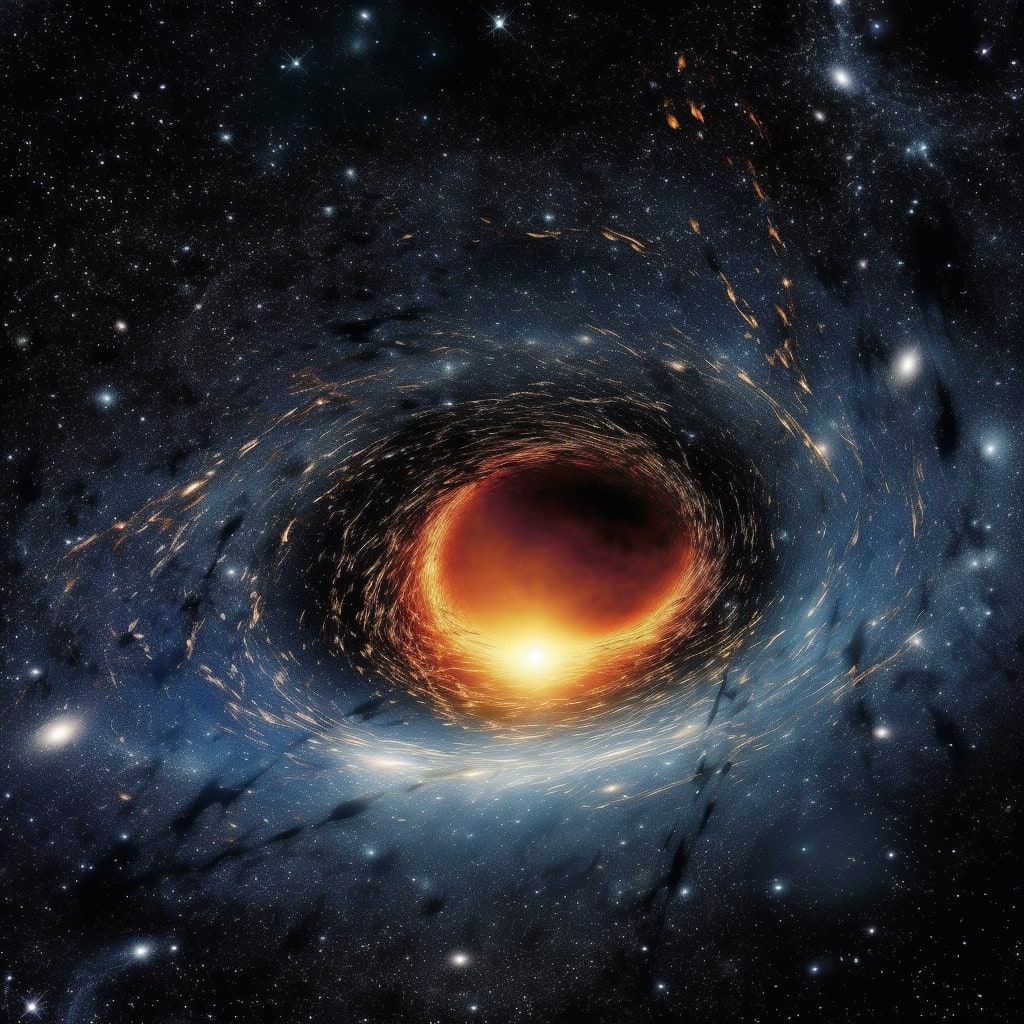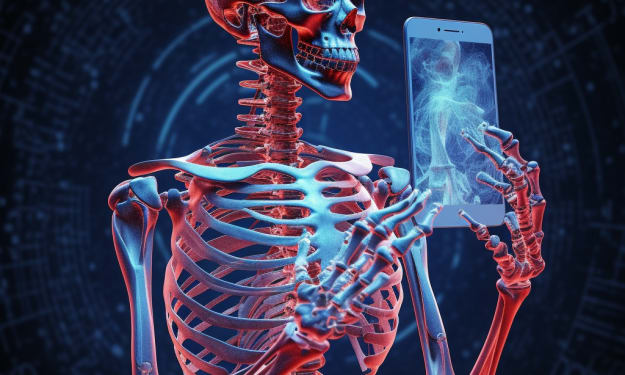Exploring the Phenomenon of Black Hole Stars
Delving into the Enigma of Quasi-Stars and Their Astonishing Power to Bend the Laws of Physics

Imagine a celestial entity so powerful that it has the ability to draw in entire galaxies, yet remains invisible to the naked eye. This extraordinary phenomenon is none other than the enigmatic black hole star, the ultimate superhero of the universe. Let's delve into what exactly a black hole star is, when it comes into existence, and how it operates.
Within the vast expanse of the universe, there are numerous marvels, and the black hole star stands out as one of the most awe-inspiring. This hypothetical type of supermassive and luminous star is believed to have existed during the early stages of our galaxy's history. These celestial giants, known as quasi-stars, were predicted to possess luminosity equivalent to that of a small galaxy. Unlike modern stars, quasi-stars derived their power not from nuclear fusion in their cores, but from material falling into the black hole at their center. As is the case with regular black holes, these stars possess the ability to engulf anything that ventures too close, including stars, dust, and even entire galaxies.
The birth of a black hole star from a black hole itself raises intriguing questions about their coexistence. To understand this, we must first comprehend how black holes are formed in general. The process begins with a supermassive star, several times larger than our own Sun, burning brightly and radiating the light of millions of suns. Eventually, the star exhausts its fuel, leading to its demise. In a brilliant display, it undergoes a cataclysmic explosion called a supernova. During this event, the outer layers of the star are ejected, while the core collapses under its own gravity. If the core's mass is substantial enough, it continues to collapse until it becomes a black hole. Thus, a black hole is born, ready to grow by consuming anything that comes within its gravitational grasp, including stars, dust, and even entire galaxies.
Now, let's explore the concept of quasi-stars. These colossal entities could only have emerged during the early stages of the universe, before hydrogen and helium became enriched with heavier elements. Consequently, quasi-stars possess a defining characteristic: immense size, surpassing even the largest modern stars known to us, such as VY Canis Majoris and Stevenson 218. These quasi-stars are thought to have originated from protostars, the ancient progenitors of everything we know today. Envision protostars so massive that their cores collapse into black holes, just as described earlier. However, in contrast to regular supernovae, the outer layers of quasi-stars are massive enough to absorb the released energy without being expelled.
The result is a star with a black hole at its core, weighing between one thousand and ten thousand times the mass of our Sun. These quasi-stars, approximately 14,000 times larger than our Sun, outsize any known stars. With their immense proportions, quasi-stars possess remarkable characteristics. The black hole at their core emits an abundance of energy, which counteracts the force of gravity, effectively transforming them into gigantic fusion-based stars. They would shine with such brilliance that each one would resemble a small galaxy. However, quasi-stars have a relatively short lifespan of around seven million years, in stark contrast to our Sun's estimated age of 4.5 billion years. As these quasi-stars age, they gradually cool down, and their outer layers become translucent. Eventually, they reach a temperature of 6740 degrees, at which point they dissipate, leaving behind an intermediate-mass black hole.
Unfortunately, there is currently no observational evidence supporting the existence of quasi-stars. Their existence is thought to be confined to the distant past, originating from highly massive population III stars, which are exceedingly rare and challenging to detect.
About the Creator
Enjoyed the story? Support the Creator.
Subscribe for free to receive all their stories in your feed. You could also pledge your support or give them a one-off tip, letting them know you appreciate their work.





Comments
There are no comments for this story
Be the first to respond and start the conversation.